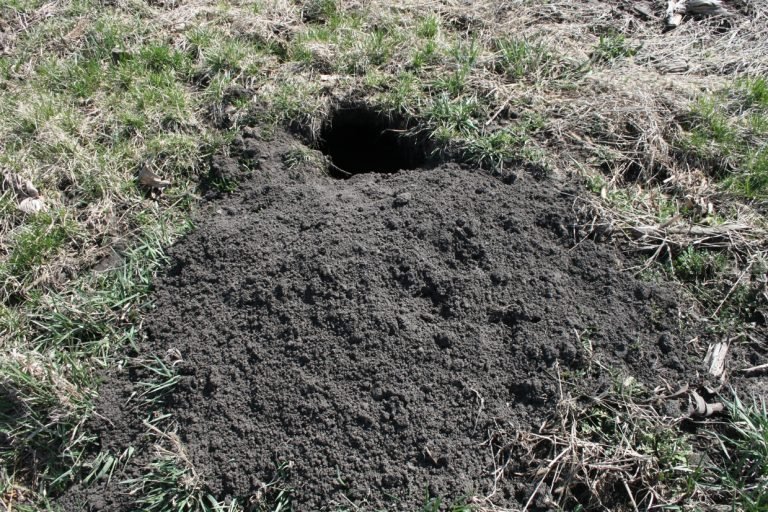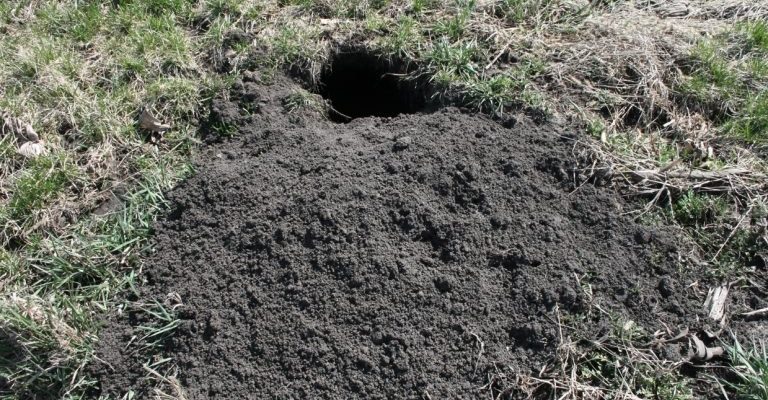
Think of it like an underground city. Rodents construct these burrows as self-made apartments, where they can raise families, store food, and hide from predators. On the flip side, wolf worms are quite the opportunists. They take advantage of these cozy rodent homes to lay their eggs, creating a surprising relationship between the two. Let me explain what these burrows look like, why they matter, and the intriguing connection with wolf worms.
Understanding Wild Rodent Burrows
Wild rodent burrows are often a network of tunnels and chambers. Imagine a maze that a rodent has carefully crafted to navigate through the earth. They dig down to escape the dangers above and find warmth during colder months. The burrows can vary in size and complexity, depending on the species.
Rodents like **mice**, **rats**, and **voles** are experts at this. A simple burrow might just have a few entrances and exits, while more complicated systems can have multiple chambers for nesting, food storage, and waste disposal. These are more than just homes; they’re a sanctuary that provides everything the creatures need to survive.
Burrows also serve an environmental purpose. They help aerate the soil, allowing water and nutrients to penetrate deeper, which benefits plants. So, next time you spot a little hole in the ground, remember that it might be a bustling entryway to a world full of activity.
The Structure of Rodent Burrows
Rodent burrows have a fascinating structure that supports both their survival and the ecosystem around them. Typically, a burrow will include **nests**, **food caches**, and **shelter from predators**.
– **Nests**: This is where the magic happens! Rodents line their nests with soft materials like grass or fur to create a cozy space for raising their young. It’s their version of a baby nursery—warm, safe, and welcoming.
– **Food Caches**: Rodents gather seeds, nuts, and other food items, storing them in chambers to ensure they have enough to eat during tough times. It’s like having a small pantry stocked with snacks.
– **Entrances and Exits**: Depending on the species, burrows can have multiple openings. This helps rodents escape quickly if a predator comes sniffing around. Think of it as having multiple escape routes in an emergency.
Each aspect of these burrows is designed with the rodent’s safety and survival in mind. Isn’t nature clever?
What Are Wolf Worms?
You might be asking, “What’s a wolf worm?” Well, it’s not as scary as it sounds! **Wolf worms**, also known as **Cuterebra**, are a type of fly larva. They can be found in various habitats, often targeting small mammals, including rodents.
The adult female wolf worm lays her eggs near the burrows of rodents. When the eggs hatch, the larvae find their way into the burrow, seeking out a host. This process is a bit like a nature documentary unfolding right before our eyes!
While wolf worms are essential to the ecosystem, their presence can pose threats to rodents. The larvae can attach themselves to the host, leading to infections. However, many rodents are surprisingly resilient, able to coexist with or deal with these unwelcome guests.
How Wolf Worms Interact with Rodent Burrows
This relationship between wild rodents and wolf worms is a bit of a dance. Rodent burrows provide a perfect nesting ground for wolf worms, allowing them to thrive while putting the rodents at risk.
When wolf worm larvae invade a rodent’s burrow, they often wait for the right moment to latch on to a host. It’s like waiting for the right opportunity in a game. Unfortunately, this can lead to complications for the rodent, including illnesses that could threaten its survival.
But here’s the interesting part: not all rodents get affected in the same way. Some species have specific adaptations that help them coexist with these parasites. For instance, they may develop stronger immune responses, helping them fight off potential infections from wolf worms.
Why Rodent Burrows Matter for the Environment
Now that we know what rodent burrows and wolf worms are, let’s explore why these burrows are crucial for the environment. Rodent burrows play a significant role in soil health and nutrient cycling.
Burrows allow air and water to reach plant roots more effectively. They create little pockets of nutrient-rich soil, which supports plant growth. This is essential for maintaining healthy ecosystems, especially in agricultural areas.
Additionally, these burrows can serve as habitats for other small creatures like insects and amphibians. It’s like a bustling neighborhood underground, with various residents relying on one another for survival. In a way, rodent burrows act as ecosystem engineers, helping maintain the balance of life around them.
So, the next time you see a small hole in the ground, remember there’s a whole world of wild rodent burrows and the sometimes-unwelcome wolf worms that inhabit them. This connection is a brilliant reminder of the interdependence within ecosystems.
Wild rodents and wolf worms demonstrate how life can be both fascinating and complex. While they can be at odds, their interactions also reveal how nature can balance itself in unexpected ways. Learning about these creatures and their homes helps us appreciate the intricate web of life that exists beneath our feet.
Let’s keep exploring and respecting the wonderful world of wildlife and their habitats!

